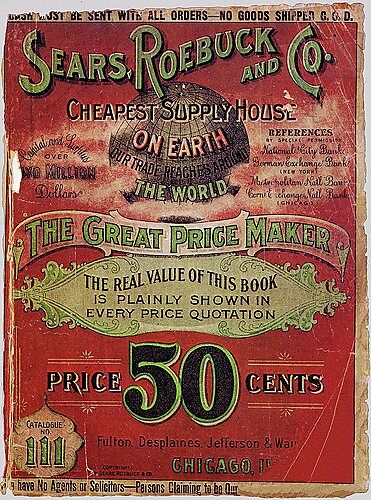After Selgin summarizes the benefits of productivity driven changes in the price level, Beckworth asks why, despite the productivity norm’s rather intuitive nature, most macroeconomists see any deflation as anathema? Selgin explains that the consensus arose due to the devastating demand driven deflation of the 1930’s. The influence of the Great Depression has led to the rather strange viewpoint, standard in macroeconomics, that while a productivity driven decline in the price of particular goods can be welcomed, any overall decline in the CPI must be feared regardless of its cause. The consensus view, espoused by Ben Bernanke among other well-known economists, is that deflation always poses some risk of a vicious cycle of falling aggregate demand, regardless of its original cause. Selgin notes that several recent empirical studies, including research by Claudio Borio, calls this consensus into question. Selgin also presents the experience of gold standard nations during the last quarter of the 19th century as an example of benign, productivity-driven deflation.
Beckworth asks Selgin later in the podcast to evaluate monetary policy between the dot-com bubble burst and the financial crisis. High productivity growth characterized this period, putting downward pressure on the overall price level. Because of the two percent inflation target, the Fed reacted by pushing interest rates down. In the Fed’s view, the productivity boom served as a convenient macroeconomic factor that allowed easy money to boost the recovery without consequent high inflation. This episode demonstrates the pitfalls of price level targeting, relative to a productivity norm alternative. Selgin notes the connection between the Fed’s misguided approach, above trend NGDP growth, and the housing bubble (even while emphasizing that the crisis resulted from numerous government policies and private sector activities).
Other points of interest relating to the productivity norm arise throughout the podcast. Some highlights include that stabilizing spending, rather than prices, removes much of the role uncertain economic forecasting plays in Fed policymaking, that allowing prices to fall with productivity benefits individuals on fixed incomes, and that before the 1930s ideas similar to the productivity norm were common in economic thought.
During the last part of the interview Selgin and Beckworth discuss the Great Recession. Selgin argues that inflation targeting, having led to overly loose policy during the subprime boom, caused monetary policy to be excessively tight during the crisis. As Selgin puts it, the Fed had its two percent inflation target “and by gosh they were going to stick to it.” Initially, the Fed sterilized its emergency loans by selling one dollar’s worth of Treasuries for each dollar lent. When the Fed ran out of Treasuries to sell, it began paying interest on reserves (IOR), reducing the money multiplier. That inflation concerns guided the moves is not an after-the-fact deduction, as Selgin emphasizes, but the stated reason given by Fed officials to justify both sterilization and IOR at the time. As a result of these contractionary measures, NGDP fell and even went negative briefly, turning a financial panic into the Great Recession.
In the closing minutes of the podcast Selgin responds to the belief that the 25 basis points the Fed paid banks on excess reserves was too small to affect bank decision-making. Selgin responds that the return from reserves must be compared to that on alternative liquid assets, like Treasuries. The 25 basis points banks were earning on excess reserves were more than what Treasury bills were yielding.
Listen to the full podcast here!


